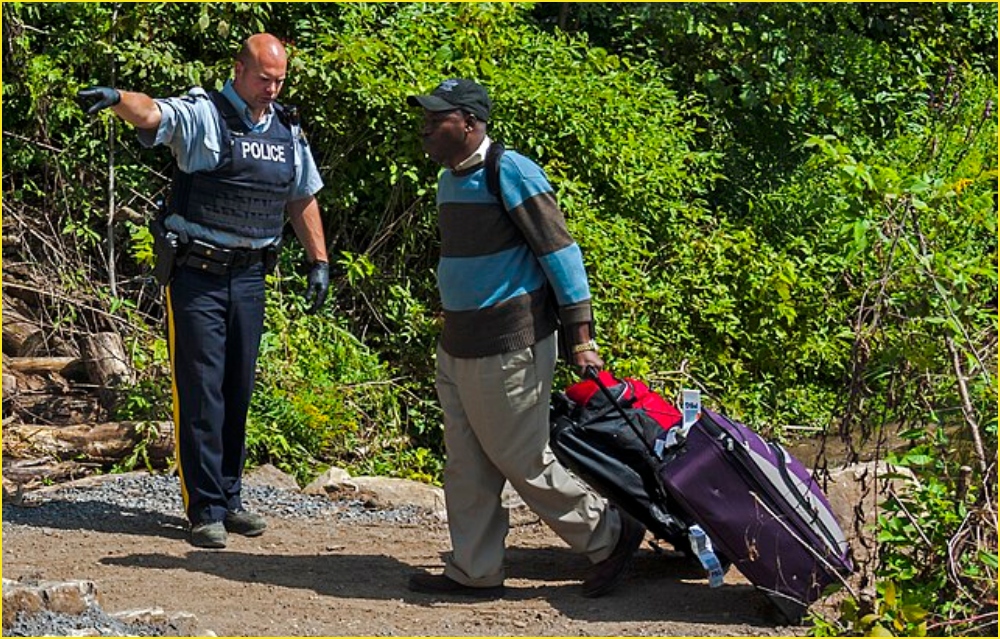The U.S. Supreme Court will take up a major immigration case that could reshape how asylum seekers are processed at the southern border, agreeing Monday, November 17, 2025, to hear Noem v. Al Otro Lado.
The case centers on the long-debated practice known as “metering,” which allowed U.S. border agents to limit the number of migrants permitted to approach ports of entry and request asylum.
The Trump administration—backed by the Department of Justice—asked the Court to overturn an October 2024 Ninth Circuit ruling that barred the practice altogether. The DOJ formally petitioned the justices on July 1, arguing the lower court’s ruling strips the Executive Branch of “a critical tool” for managing border surges and preventing overcrowding.
At its core, the case will test whether the government can place numerical caps on asylum seekers at the border despite federal law—8 U.S.C. 1158(a)(1)—which guarantees that any immigrant “physically present” in the United States may apply for asylum.

A Policy With a Complicated History
Metering was not born under Trump; it began quietly during the Obama administration at the San Diego–Tijuana crossing. But it widened dramatically during Trump’s first term, coinciding with record numbers of migrants arriving in 2016. The approach effectively created informal waitlists in Mexico—some lasting months—before asylum seekers could even begin the legal process.
The policy was effectively eclipsed in 2020, when the COVID-19 pandemic led the government to impose even stricter limits at the border. President Biden officially ended metering in 2021.
But the legal challenges remained. That same year, U.S. District Judge Cynthia Bashant ruled the practice unlawful, saying it violated migrants’ constitutional rights and ignored federal obligations to screen anyone who arrives seeking protection.
The Ninth Circuit upheld that decision in 2024, setting the stage for the current Supreme Court showdown.
What’s at Stake
For asylum advocates, the case represents a fundamental test of whether the U.S. will honor long-established protections for people fleeing violence and persecution. They argue that metering stranded vulnerable families in dangerous border towns while effectively denying them legal access to the asylum process.
For the DOJ and supporters of tighter controls, metering is viewed as a pragmatic response to operational strain—one they say is essential to preventing unsafe overcrowding in border facilities.
The Supreme Court’s decision to step in signals how consequential the issue has become as immigration once again dominates both political debate and federal policy planning.
The case is expected to be argued in late winter or early spring, with a ruling that could reverberate throughout the nation’s border strategy for years to come.
At a moment when immigration policy often feels defined by improvisation and crisis management, Noem v. Al Otro Lado asks a foundational question: How far can the government go in rationing access to a right guaranteed by law?
